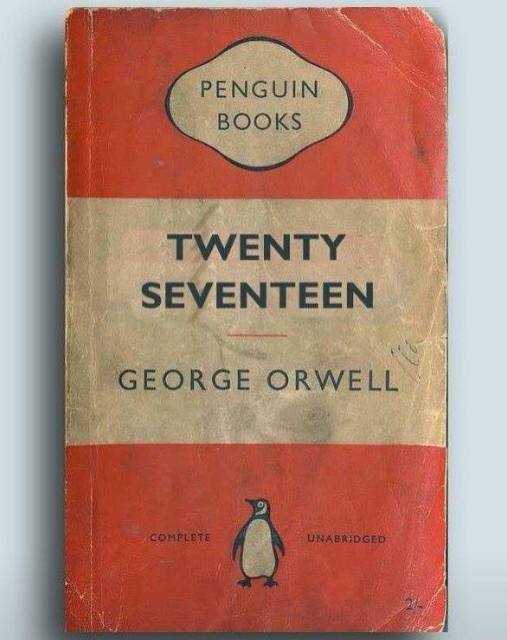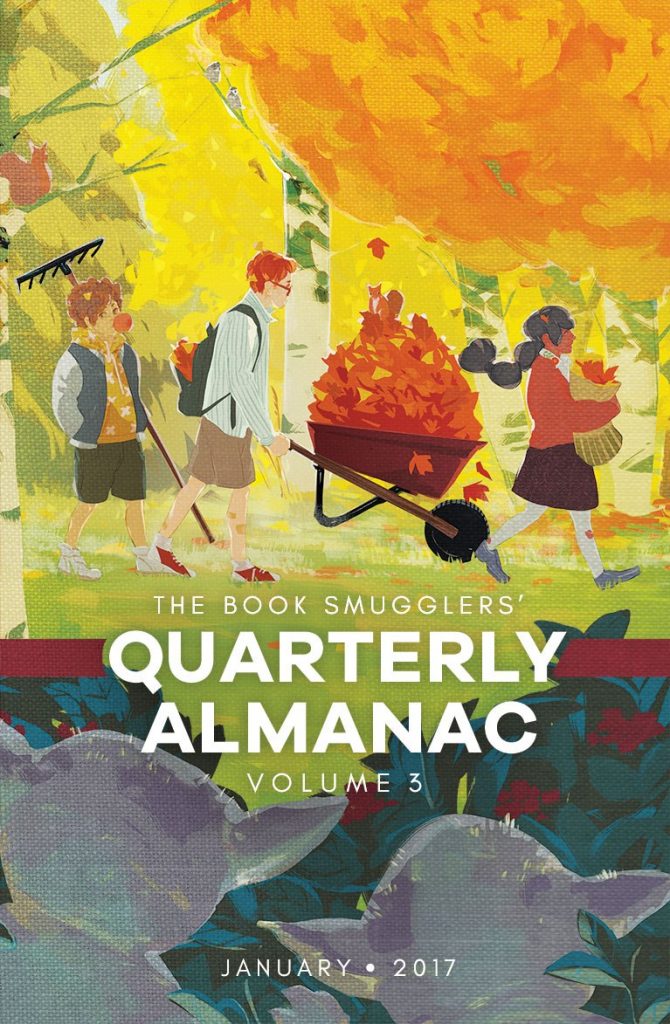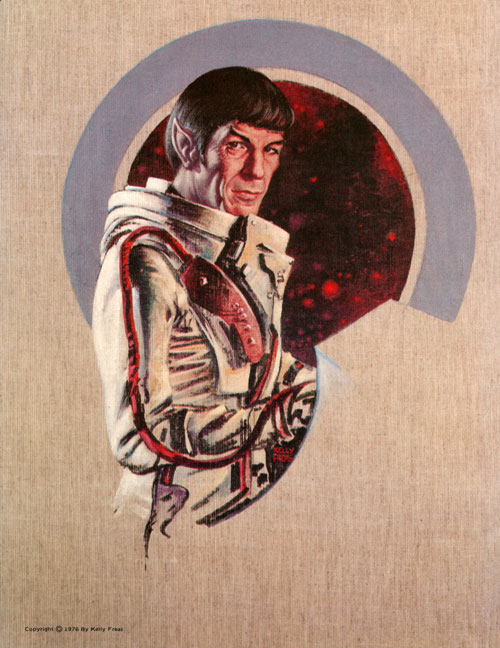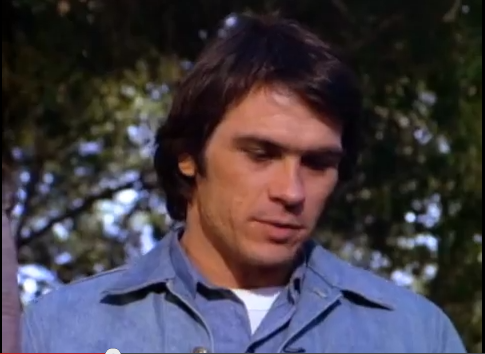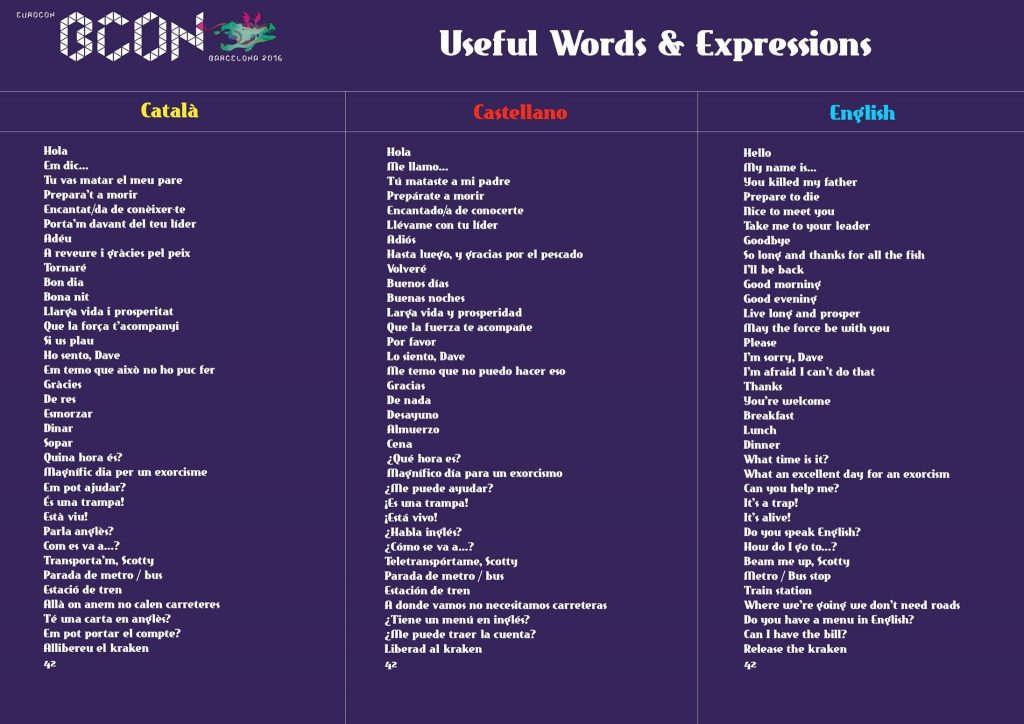(1) ASIMOV ON THE AIR. BBC Radio 4, as part of their 15 Minute Drama series, will be adapting five of the stories from Asimov’s I, Robot. Original broadcasts will run from February 6-10. As usual, episodes will be available for online listening “shortly after broadcast”.
A couple of clips promoting the series are already online –
Scriptwriter Richard Kurti tells us why Isaac Asimov’s sci-fi stories were so remarkable in their ability to predict the future.
Actor Nick Briggs introduces his characters and tells us what he finds appealing about Isaac Asimov’s sci-fi stories. He also explains why he doesn’t think we should fear a future dominated by robots.
Episode One will be ROBBIE.
The rise of robotics in the 21st century, told through the poignant and mysterious story of enigmatic lawyer, Stevie Byerley. Starring Hermione Norris.
Episode One : ROBBIE As a child, Stevie Byerley is raised by Robbie, a robotic childminder, because her parents are too busy working. The powerful bond she forms with the robot is unbreakable. Their relationship will change the course of Stevie’s life.
Originally written over 60 years ago, Isaac Asimov’s stories are becoming truer with every day that passes. The world that he imagined is now upon us.
(2) BURNT ENDS AND ZOMBIES. In Episode 28 of Scott Edelman’s Eating the Fantastic he feasts on BBQ with Craig Engler, Co-Creator/Writer/Co-Executive Producer of the hit zombie TV show Z Nation.
Join us as we discuss what life’s like when you’re a professional game player for Nintendo, how running the Syfy Channel’s digital side led to him getting a shot at writing TV movies such as Zombie Apocalypse, why he wrote Weight Hacking, his geek guide to losing weight and getting fit, plus much more, including behind-the-scenes secrets on the past, present, and future of his hit zombie TV show Z Nation.
(3) SHE STABS IT WITH HER STEELY KNIFE. Violette Malan ranks “My Top Five Sword-Fight Movies” at Black Gate.
You don’t have to read many of my posts to know that The Princess Bride is pretty well my favourite movie. And though I love the sword fighting scene between Wesley and Iñigo, and the later one between Iñigo and Count Rugen, they are not actually my favourite sword fighting scenes. In both cases, it’s really the dialogue that makes the scenes memorable. So what movies would I rank above The Princess Bride in sword fighting wonderfulness?
Here they are, in the order in which I thought of them.
The Three Musketeers (1973, directed by Richard Lester)
One of the great things about this movie, along with its sequels The Four Musketeers, and The Return of the Musketeers, is that they all feature the same cast. There are good fight scenes in all the films (Oliver Reed is more impressive in the sequels), but it’s the first one I know the best. I particularly like the fantastic opening sequence, where D’Artagnan’s father teaches him the “secret thrust.” Anything between D’Artagnan (Michael York) and Rochefort (Christopher Lee) is well worth watching. There’s also some terrific ensemble fighting, notably the scene between the four leads and the Cardinals’ Guard in the convent courtyard. It should be noted that Christopher Lee was a fencer IRL as well…
(4) KA-CHING! Mary Rosenblum analyzes “What REALLY Sold in 2016?” at the SFWA Blog.
In 2016, 43% of all traditionally published books were purchased online. Now, THAT is a reason to break out the champagne! Why? Because most readers pay little to no attention to the publisher. As long as the small press or self published book looks professional and has a professional looking cover, it’s competitive with books from the ‘bookstore’ publishers. If your ebook or print book includes those 5 critical elements for success and looks like the other professionally published books out there, readers don’t care who published it. They’ll look at price.
Aha! That might just be the reason that self publishing authors sell almost as many ebooks as the traditional publishers. They can usually price their books lower.
But what about print books?
2016 Self Published Print Book Sales
In 2016, 21,800,000 self published print books were sold, mostly published through Create Space. The average price was $10.34. Amazon imprints sold another 959,000 copies.
That’s a lot of print book money!
(5) NEW EDITION FROM PENGUIN. Here’s the version of George Orwell’s book for the alternate timeline you’re living in.
(6) COMPLIMENTING SMUGGLERS. Nigel Quinlan writes, “I would like to selfishly draw your attention to the new issue of The Book Smugglers’ Quarterly Almanac. It contains a fun Mid-Grade fantasy short story by me, ‘The Gobbleens,’ which is featured on the utterly gorgeous cover.”
I’m happy to give it a mention, in part for the beautiful cover, and in part because I owe them thanks for sending a copy of the first one, which had a great story by Tansy Roberts.
Collecting original short fiction, essays, reviews, and reprints from diverse and powerful voices in speculative fiction, THE BOOK SMUGGLERS’ QUARTERLY ALMANAC is essential for any SFF fan.
IN THIS VOLUME (JANUARY 2017): BECKY CHAMBERS, SHERRI L. SMITH, A.E. ASH, KATHERINE MACLEAN, NIGEL QUINLAN, ZETTA ELLIOTT, ALLIAH/VIC, KATE C. HALL, NICOLE BRINKLEY, ANA GRILO AND THEA JAMES
(7) OCTAVIA BUTLER. Maura McHugh reviews the graphic novel adaptation of Octavia Butler’s Kindred on Irish national radio, now up as a podcast on this page — “Arena with Sean Rocks, Monday, January 30”
Maura McHugh reviews the sci-fi graphic novel “Kindred” by Octavia E Butler which has been adapted by writer Damien Duffy and artist John Jennings (published by Abrams ComicArts)
(8) BURNING MAN. I09 did a story on the edition of Bradbury’s Fahrenheit 451 that was bound is asbestos. John King Tarpinian adds this “Fun Fact” —
Ray had one of his copies with burn marks on it because he would hold a lighter to it to show people it would not burn.
(9) TO THE STARS. The Arthur C. Clarke Center for Human Imagination has released the fourth episode of is podcast Into the Impossible, about “How to Make a Spaceship”.
How do you jumpstart the private spaceflight industry? Passion, commitment, bold risk-taking, some inspiration from Charles Lindbergh, and a little luck. On today’s show, we hear from Peter Diamandis, whose XPRIZE Foundation launched the competition that gave us the first private manned spaceflight–and paved the way for Virgin Galactic, SpaceX, Blue Origin, and his own Planetary Resources, among others–along with the prize-winning pilot, Brian Binnie, and the writer Julian Guthrie, who chronicled their stories along with those of the other teams from around the world inspired by this unprecedented challenge. Also on this episode: convincing Arthur C. Clarke to buy your college friends dinner and a nearly disastrous incident with a mother-in-law and a cup of coffee.
Be sure to check out Julian Guthrie’s book, How to Make a Spaceship: A Band of Renegades, an Epic Race, and the Birth of Private Spaceflight, for the rest of the story!
(10) QUOTABLE QUOTE
“The next time you’re abducted, just steal something off the ship.” — Neil DeGrasse Tyson
(11) TODAY IN THE HISTORY OF THINGS YOU NEVER HEARD OF
- February 3, 1993: Dystopian satire Acción Mutante opens in its native Spain.
(12) BIRTHDAY WIZARD
- Born February 3, 1970 — Warwick Davis
(13) HAZARDOUS DUTY. No OSHA in the Empire? “Why ‘Star Wars’ Hates Handrails: Finally We Know Why People Keep Plummeting to Their Death”.
Ever noticed that most of the locations in the Star Wars universe wouldn’t pass a basic safety inspection? A number of characters plummet to their doom throughout the series, and the risk of accidentally falling on The Death Star or in Cloud City, or even tripping into that floor hatch on the Millennium Falcon, seems incredibly high. A new episode of the official web series The Star Wars Show explains that this was by design: George Lucas was against building guardrails on Star Wars sets.
(14) THE OUTFIELDER WHO WOULD BE KING. San Francisco Giants baseball player Hunter Pence posted a great photo of him wearing a Hakuna Matata t-shirt trying to free Excalibur from the Sword in the Stone at Disneyland. He couldn’t do it! The throne rests easy tonight.
It's really in there. pic.twitter.com/UDFqCN6uyx
— Hunter Pence (@hunterpence) February 3, 2017
(15) COMIC HISTORY LESSON. Atlas Obscura remembers “Marie Duval, the pioneering 19th-Century Cartoonist That History Forgot”.
In the late 1800s, London was swept up in the new craze of visual, satirical journalism. When Judy magazine, a twopenny serio-comic, debuted a red-nosed, lanky schemer named Ally Sloper who represented the poor working class of 19th-century England, it was one of the first recurring characters in comic history.
But credit for that character has long gone to the wrong person. Two people were responsible for Ally Sloper—and one of the creators has only recently been rediscovered by academics and comic fans.
Wearing a shabby stovepipe hat and carrying a rickety umbrella, the iconic and popular cartoon is often credited to Charles H. Ross, a playwright, cartoonist, and eventual editor of Judy. However, Ally Sloper was actually illustrated and developed by two artists: Ross and his wife, actress-turned-cartoonist Marie Duval—who was responsible for the bulk of the Ally Sloper comics.
(16) SPEAK UP. This LEGO Batman Movie promo clip introduces the voice actors behind the characters.
[Thanks to John King Tarpinian, Nigel Quinlan, Bruce D. Arthurs, Cat Eldridge, and Martn Morse Wooster for some of these stories. Title credit belongs to File 770 contributing editor of the day Paul Weimer.]


